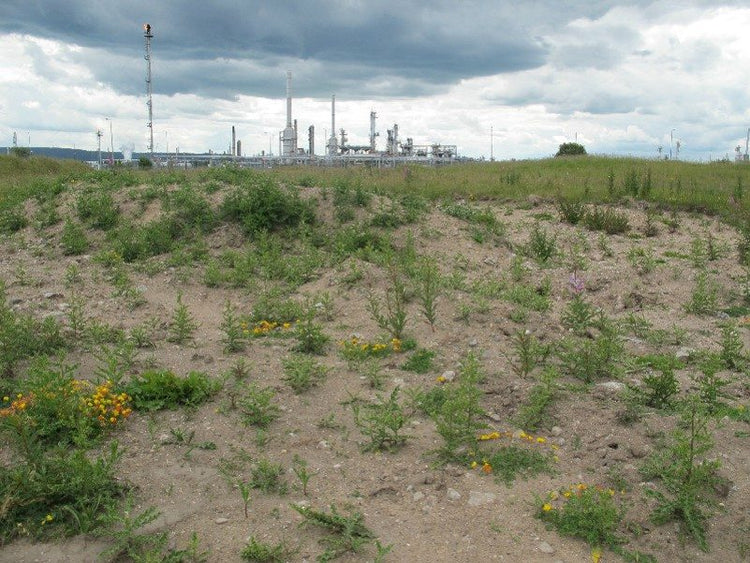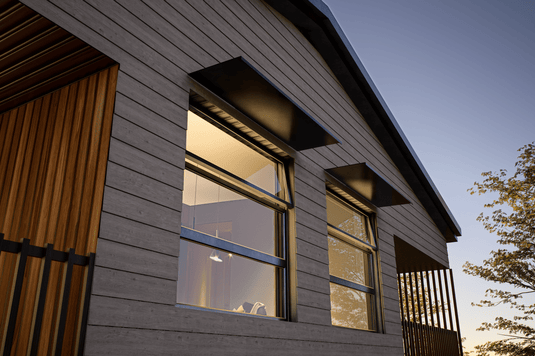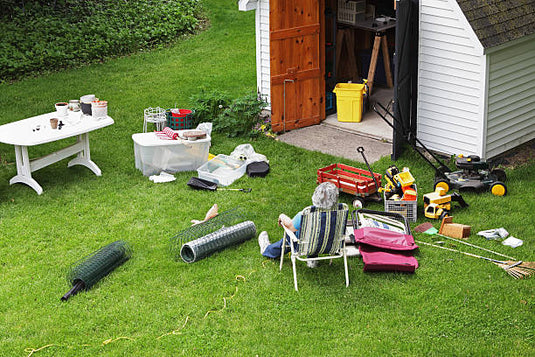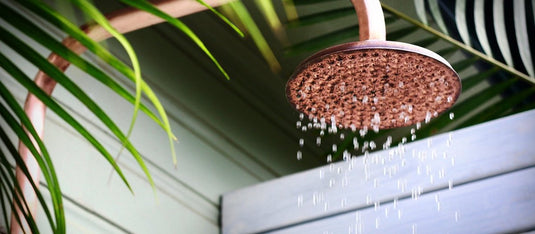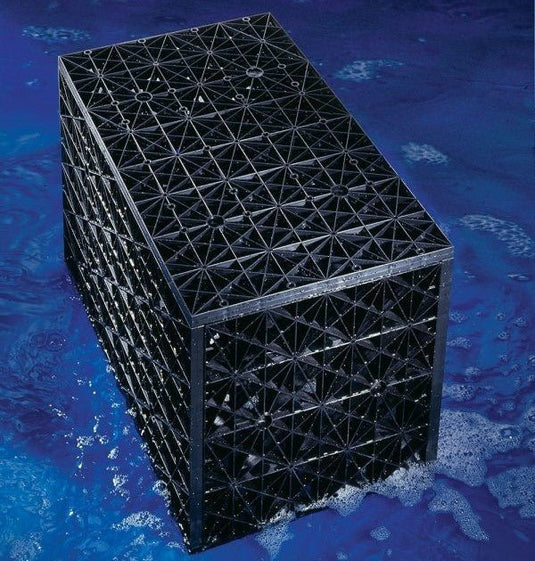Brownfield sites, land with known or suspected pollution, have always been a bit of an ecological conundrum. It’s not always possible to return them to the environment if they’ve been contaminated by waste, but they’re not an attractive (or safe) place to build a family home, either. So, what is there to do about these unused swathes of land? One ingenious solution is the conversion of industrial buildings to luxury apartments.
Industrial buildings don’t always come with brownfield sites, but the two go hand-in-hand; often, whatever industry was there before was the cause of the polluted land in the first place. However, these barren fields and vacant warehouses are seeing new life in the “warehouse conversion” movement throughout Australia. By returning these fields to the city through converting them into housing, it changes them from a waste of space to a brilliant piece of prime real estate.
The Concept
The warehouse conversion concept has been popular for some time, but its trending rise has spurred a truly eco-friendly reuse of the brownfield sites that the warehouses sometimes sit on. Like we stated above, the sites can’t really be given back to the environment, so the only options are to rebuild or leave what’s already there.
Obviously, if the brownfield site is unsafe for habitation, efforts to remedy that need to be taken first. However, leaving the buildings that already exist on these properties instead of tearing them down both preserves their history and saves money. That’s why the warehouse conversion and the brownfield site go together so well; attractive apartments can be built within the existing infrastructure that’s both cheaper and arguably as in-demand as new construction.
Main Drawbacks
Unfortunately, the idea isn’t perfect. Since the buildings are so large, they’re not particularly eco-friendly, and they often face challenges due to the level of technology they were built with, such as inefficient ducting, plumbing, or wiring, unless these are fixed artificially. The large buildings are also very expensive to heat in the wintertime. In comparison to alternative options, though, the warehouse conversion option is still tough to beat.
Once a brownfield suite is decontaminated, the question often remains what to do with it. However, with the luxury-apartment-warehouse-conversion option, we have a relatively cheap way to repurpose the real estate of the original building, all while preserving its history. While the buildings themselves may be less than perfect to begin with, the repurposing of the land is certainly an environmentally friendly message that many have heard.
If you’re considering a warehouse conversion, or just have an industrial site you want to be more eco-friendly, have a look at Eco Sustainable House’s full range here. With rainwater tanks, venting skylights, solar hot water, green walls and much more, you can really transform any building.
Author
Alicia Rennoll (Environmental Research)



